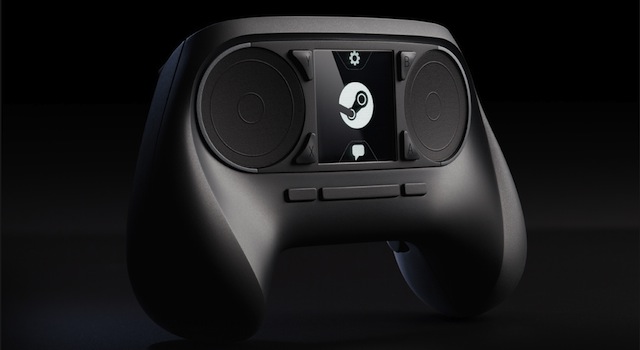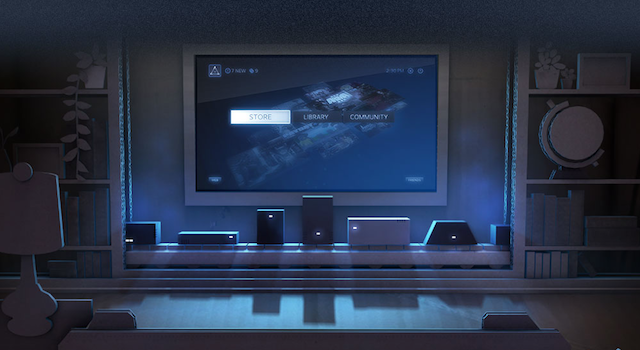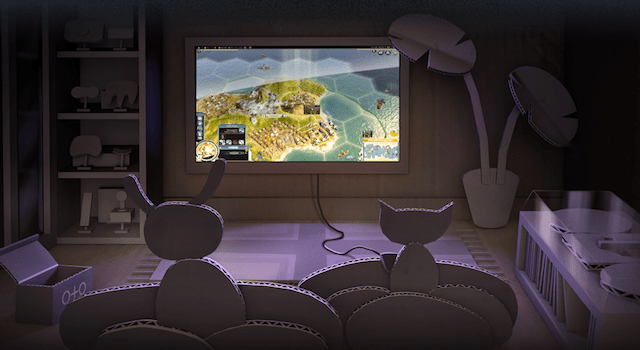This week was a big one for Valve, as the company revealed its plans for the future of Steam and how the platform will take over your living room. Before the news kicked off on Monday, I was intrigued, yet skeptical as to whether or not Valve's game plan would prove to be all that revolutionary. Now that the dust has settled and all three announcements have been unveiled, I'm quite confident that Steam's upcoming console-esque hardware is going to apply some serious pressure to Microsoft and Sony.
While the PlayStation and Xbox manufacturers clearly have more experience in the console space, they're both playing it rather safe with their next-gen systems. Aside from better visuals and the ambiguous promise of cloud-powered gaming, what we've seen thus far looks very similar to what's already available on Xbox 360 and PS3. In an effort to piss off the least amount of gamers possible, Sony and Microsoft have taken the easy way out, and I fear that may come back to haunt them, as Valve paves a bold new path forward, changing the console market forever.

I'm not going to bore you with the specifics on Valve's plans—for that you can read up on SteamOS, Steam Machines, and the Steam Controller—instead let's take a look at how the company's overall vision stands up against Xbox One and PS4. In many ways, Microsoft was initially trying to pull off something similar to Steam with Xbox One; however, poor communication on their part resulted in community backlash and ultimately the need to backpedal. Had the company managed to convey its vision in a more effective manner, we could be looking at a very different and innovative console. Might MS attempt to employ some of their original plans down the line? Perhaps. Especially if it ends up working out well for Valve.
Then there's Sony and the PlayStation 4. Gamers have rallied around Sony's next-gen machine because it promises to deliver what gamers already know what they want. Unfortunately, this is merely refining what is already available and not bringing much new to the table. PS4 provides a traditional gaming experience for the hardcore gamer, and while that's hardly a bad thing, Sony's unwillingness to take many risks is a bit disappointing.

What is perhaps the most forward-thinking move by Valve is its multi-hardware approach. Instead of relying on a single Valve-branded box, SteamOS will be available on a number of different machines. Not only does this provide the consumer with more options, it also gives Valve the flexibility to branch SteamOS far beyond PCs and gaming-centric consoles. Might we see Steam come to Blu-ray players, smart televisions, or other home theater boxes down the line? It certainly isn't out of the realm of possibility.
One of Valve's greatest strengths is its pursuit of openness and flexibility. Despite the fact that Sony and Microsoft have taken great strides to emulate Valve in this area, both have much more controlled and structured environments. Steam is a breeding ground for creativity and innovation, constantly evolving as the industry changes. With such a forward thinking and versatile platform coming in 2014, there's a good chance Valve will be able to outshine both Microsoft and Sony when Steam Machines come to market.
Of course, there is still a lot we don't know about with regard to Valve's plans. That said, we do know that the company is willing to take risks and shake things up a bit. Valve's pursuit of the living room could very well end up failing miserably, but I'm inclined to believe it won't.







